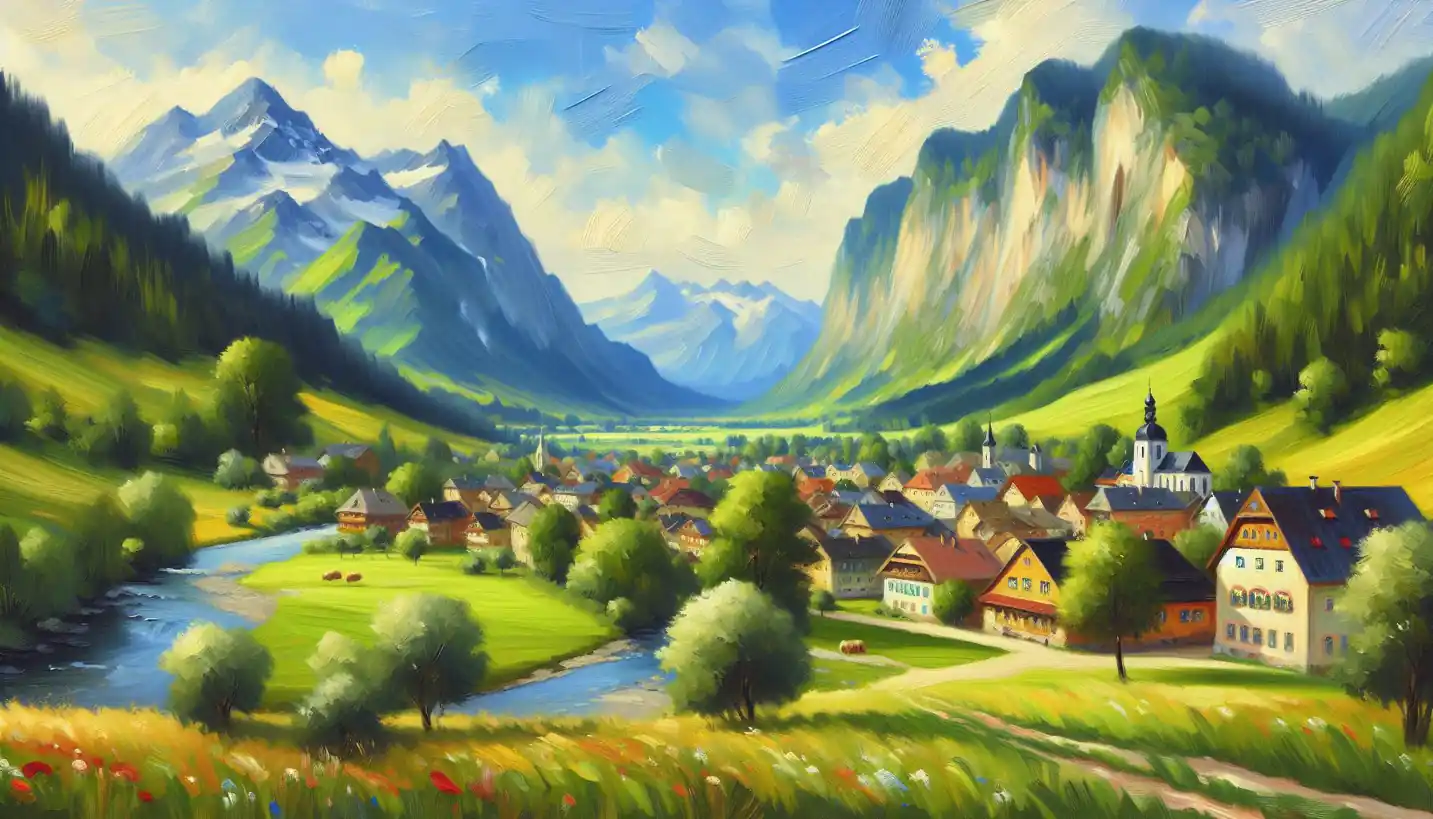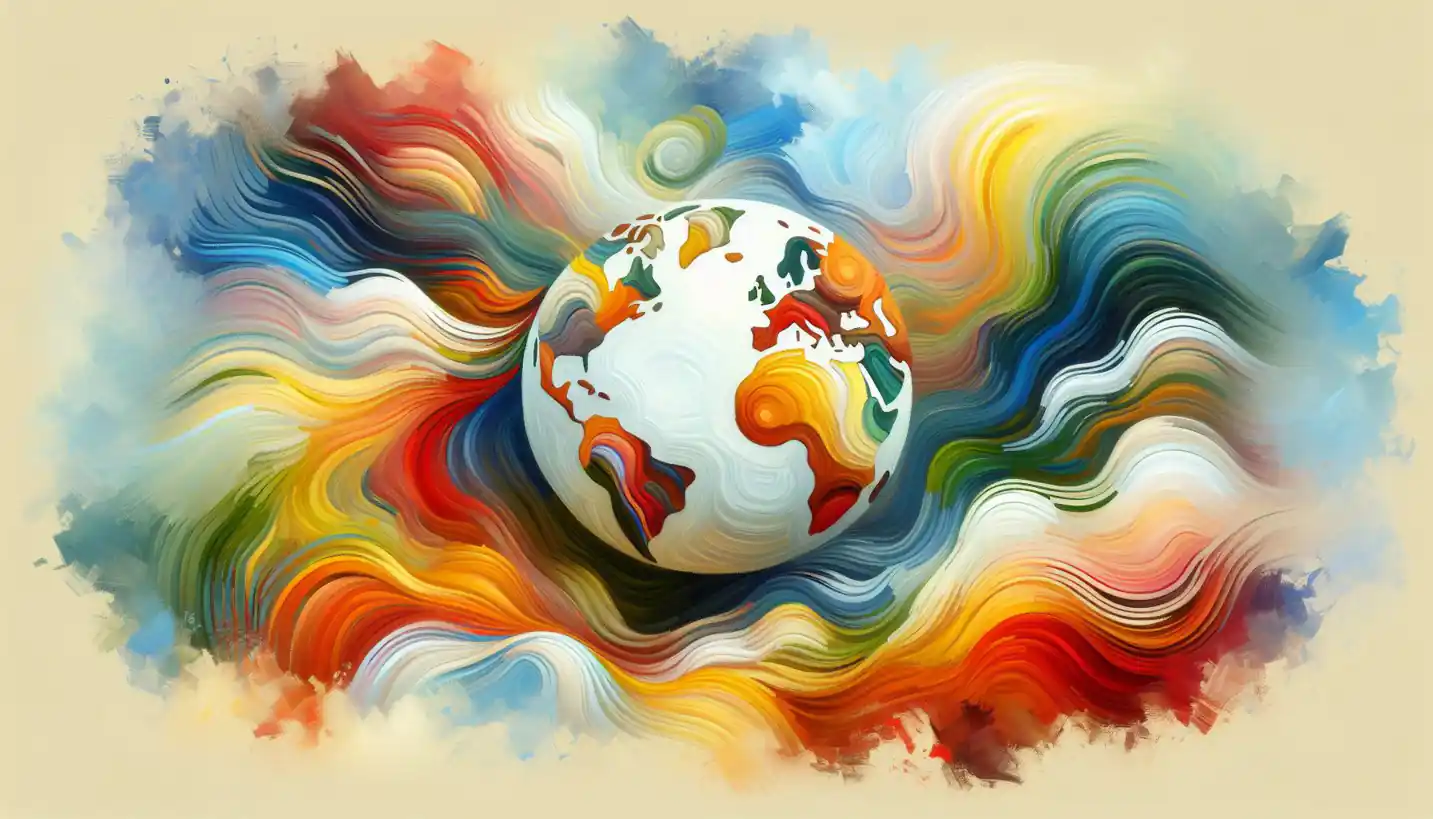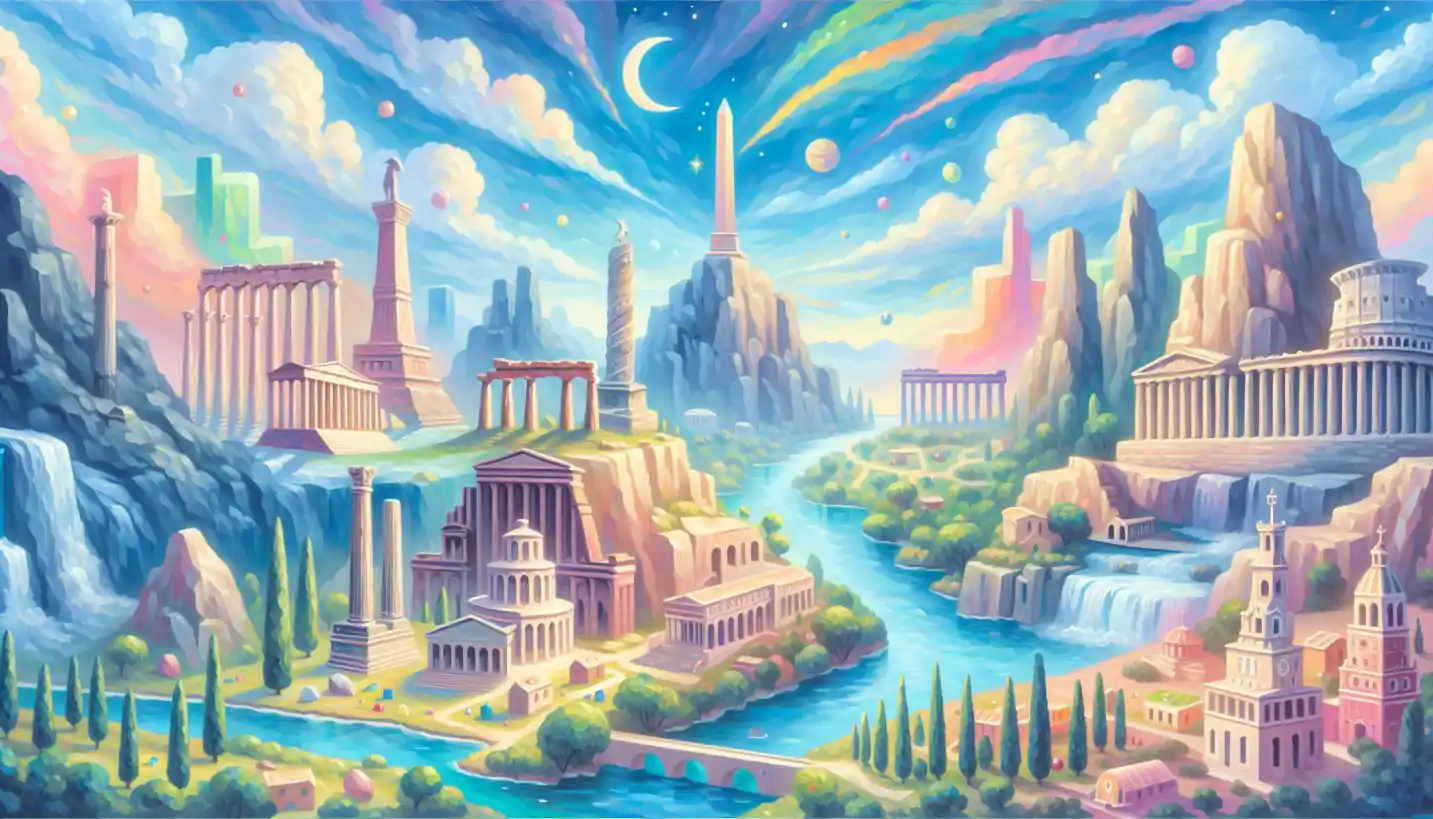· Geography · 5 min read
Continental Drift: A Journey Across Time and Continents
Continental drift narrates Earth’s long journey, pushing and pulling continents. Explore how this monumental movement has sculpted life's distribution.

In the fascinating world of science, few ideas have reshaped our understanding as much as the theory of continental drift. This concept, nestled in both biogeography and geography, changes how we think about the Earth’s surface. It’s more than just landmasses shifting; it’s a tale of how continents drift across the planet, sparking curiosity about what this means for life and landscapes.
Continental drift refers to the gradual movement of continents over the Earth’s surface through geological time. Imagine the Earth’s continents as gigantic pieces of a puzzle that are slowly sliding around on the surface. This notion was first seriously proposed by Alfred Wegener in the early 1900s. He suggested that the continents were once joined together in a vast supercontinent he called “Pangaea.”
The Birth of a Revolutionary Idea
Alfred Wegener, a German meteorologist, wasn’t content with sticking to the weather. He began to notice something intriguing: the coastlines of different continents seemed to fit together like pieces of a jigsaw puzzle. Take a look at the eastern coastline of South America and the western coastline of Africa. It’s as if Mother Nature tried her hand at puzzle-making. But Wegener went beyond the shapes; he dived into fossils.
He discovered that similar fossils of plants and animals lived on continents that are now oceans apart. How could this be? Wegener’s answer was bold: these continents were once connected! He proposed that about 300 million years ago, they all formed a single landmass, which began to break apart about 175 million years ago. The puzzle pieces slowly drifted to their current positions.
How the Continents Move
But how do these gigantic landmasses move? The answer lies beneath your feet. Imagine the Earth’s crust floating on a gooey layer called the mantle. This layer, heated by the core’s intense temperatures, behaves like the bubbling pot of soup on your stove. Convection currents within the mantle act like conveyor belts, shifting those puzzle pieces.
The Earth’s crust is divided into massive slabs known as tectonic plates. These plates are in constant, albeit slow, motion, moving just centimeters each year. It’s this movement that’s at the heart of continental drift. They’re nudged and nudged until, over millions of years, they’ve traveled thousands of kilometers.
The Science Behind the Drift
Wegener’s idea, while compelling, took time to be accepted. Initially, scientists couldn’t fathom how continents could move. It wasn’t until the mid-20th century, with advancements in seafloor mapping during World War II, that evidence began stacking up in Wegener’s favor.
Scientists discovered the Mid-Atlantic Ridge, a massive underwater mountain range, where new crust was being formed as magma rose from beneath the Earth’s crust and solidified. This process, known as seafloor spreading, provided concrete evidence that the seafloor—and therefore the Earth’s plates—were indeed moving. This movement was slowly but surely pushing continents in different directions.
Influences on Life and Landscape
Continental drift affects more than just where you might find a continent on a map. It’s responsible for many features and these movements have shaped many of Earth’s most dramatic landscapes. Consider the Himalayas. These towering peaks are the result of the Indian Plate colliding with the Eurasian Plate—a direct result of continental drift.
Moreover, this drift influences climate and biodiversity. As continents shift, they move into different latitudes, which alters their climate. Over millions of years, this impacts the evolution of life. Species on drifting continents have adapted to new environments, leading to the incredible biodiversity we observe today.
The Puzzles of Biogeography
Biogeography, the study of the distribution of species and ecosystems, is closely entwined with continental drift. As continents initially joined and then separated, they carried species with them. This is why you might find certain fossil types in now distant lands, bridging millions of years of history.
The theory of island biogeography also comes into play. Some species, isolated on drifting landmasses, evolved differently. Consider the marsupials of Australia—isolated by drifting, they evolved apart from their land-dwelling counterparts elsewhere.
What’s in Store for the Future?
Continental drift is ongoing, meaning the map of Earth will continue to change over immense timescales. As the plates keep moving, new future supercontinents could eventually form. Scientists estimate that in about 200 to 300 million years, the current continents might converge to form a new supercontinent, sometimes referred to as “Pangaea Proxima.”
But this slowly turning Earth also raises questions. How will current continental shifts affect future climates and ecosystems? What surprises will Earth’s shifting face reveal? These are not just questions for geologists but for anyone curious about the constant state of flux our planet endures.
The Importance of Understanding Drift
Understanding continental drift helps us in several ways. It aids in predicting seismic activity, crucial for disaster preparedness. It also allows researchers to make sense of the geological formations and fossil distributions we see today, connecting the dots of Earth’s past.
Furthermore, this knowledge inspires a deeper appreciation of Earth’s dynamic nature. From towering mountains formed by collisions to deep ocean trenches forged by shifting plates, these movements remind us of the Earth’s continuous evolution.
Continental drift is not just a scientific concept but a story of an ever-changing planet that sparks curiosity and reveals Earth’s incredible history. It connects distant continents through a shared past and an unfolding future. Perhaps next time you look at a map, you’ll not only see countries and borders but a snapshot of Earth’s ongoing journey.



